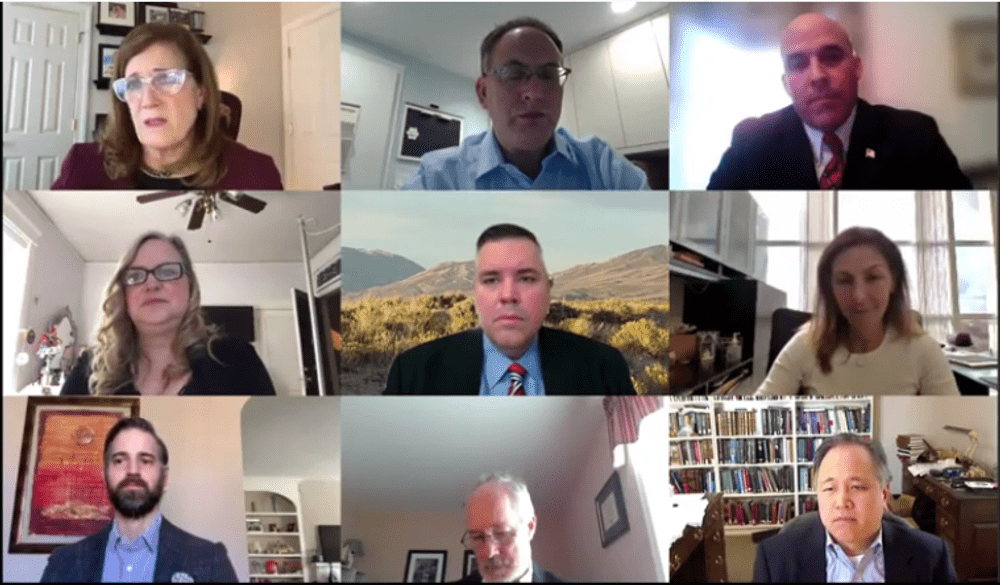FCC’s Low-Income Broadband Working Group Report Finally Receives Unanimous Approval
December 18, 2020 — During the most recent meeting of the Federal Communications Commission’s Broadband Deployment Advisory Committee, on Thursday, volunteer members of the Increasing Broadband Investment in Low-Income Communities Working Group proposed revisions to a recommendations report, after t












Member discussion